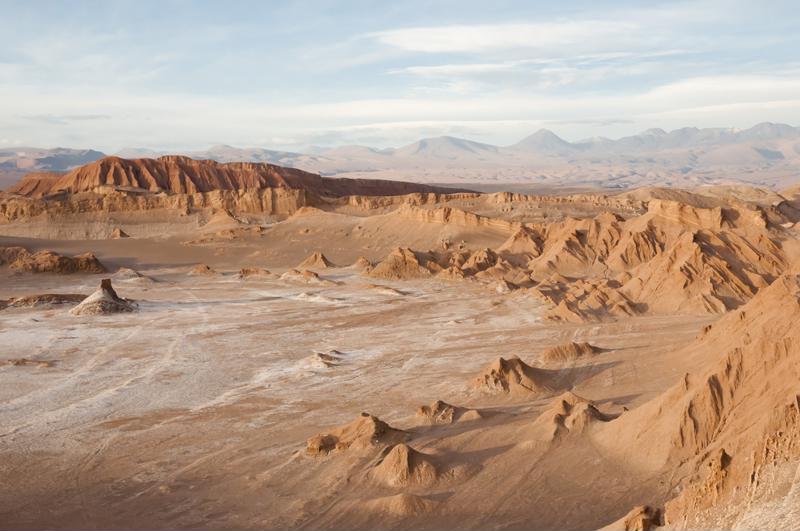
Many allergies are associated and intrinsically linked with the weather and seasonal patterns. But one illness related to allergies and air quality has seen a major uptick in one region of the U.S., and it may be a result of the global phenomenon of climate change.
A study published in the Journal of Geophysical Research Letters found that dust storms have become more common in areas throughout California, Arizona, New Mexico, Texas and other arid climate regions. Researchers concluded that throughout the entire southwestern U.S. region, dust storm frequency had more than doubled since the 1990s – from around 20 storms per year to 48.
"Valley fever rates have increased more than 800 percent in Arizona."
Dust storms can cause health problems related to or exacerbated by already existing allergies in many people. But the study's researchers also found that the incidence of Valley fever, a fungal infection linked to dust storms, had increased by 800 percent in Arizona alone. Even more troubling, the report projects these storms and related illness to only get worse as the global climate heats up and dries out in many areas.
"We found that the changing of the sea surface temperatures in the North Pacific created climate conditions in the Southwest that favor more dust storms," said Daniel Tong, an atmospheric scientist at George Mason University who led the study. "We hope to collect more data from the ground and from satellites to figure this out."
Valley fever details
Although it has long been associated with dry climates in the Western hemisphere, Valley fever and the type of fungus that causes it was considered rare until recently. The incidence of diagnosis per 100,000 U.S. residents has now climbed from 5.3 in 1998 to 42.6 in 2011, according to a Medscape article. Experts believe that rate is now even higher.
Valley fever presents a complex problem for health care providers since it is widespread yet hard to diagnose. More than half of those infected may not show any symptoms, while those who do often experience symptoms associated with the common cold or allergies. The most common signs of Valley fever include:
- Tiredness
- Fever
- Cough
- Headaches
- Muscle and joint pain
- Rash
The last symptom may be the most distinguished and can aid proper diagnosis. Fortunately, the infection is rarely fatal, but presents a concern in populations like the elderly or anyone with an already weakened immune system. At least 3 percent of Valley fever cases progress from acute to chronic infection, which can negatively impact quality of life.
Treatment is accomplished with a regimen of standard anti-fungal medications, but require three to six months of consistent dosing and regular checkups. Ultimately, the cost of Valley fever on the population as a whole is quite significant, despite its low fatality.

Connecting the dots
For this reason, the connection between Valley fever, dust storms and climate change is a major step. The fungus that causes Valley fever grows underground in arid soil, then releases spores into the wind, explaining the co-occurance with dust storms. But human activity from construction and agriculture can also kick up enough dust to pose an infection risk. Areas where Valley fever is endemic have also seen some of the fastest population growth rates in recent times.
Changes in rainfall brought on by worldwide climate patterns only multiply the risk of dust storms and thus Valley fever. According to the George Mason study, there is a strong local correlation between dust storm incidence and Valley fever diagnosis. At the same time, more dust storms have been recorded in these areas recently, prompted by higher sustained winds and more dry conditions.
Climatologists explain that hotter sea temperatures in the North Pacific draw more cool, dry air across the Southwestern U.S. Along with making the ground more dry, these winds also block tropical air currents from the Pacific Ocean that often bring moisture. These dynamics play out in remarkably different ways around the world. For example, Tong explained that Africa's Sahara desert has actually seen less wind and more rain as a result of global warming.
Prevention of Valley fever or the weather patterns that cause it is a tall order, but residents and medical professionals can help by knowing the signs of infection and targeting treatment to combat them.









